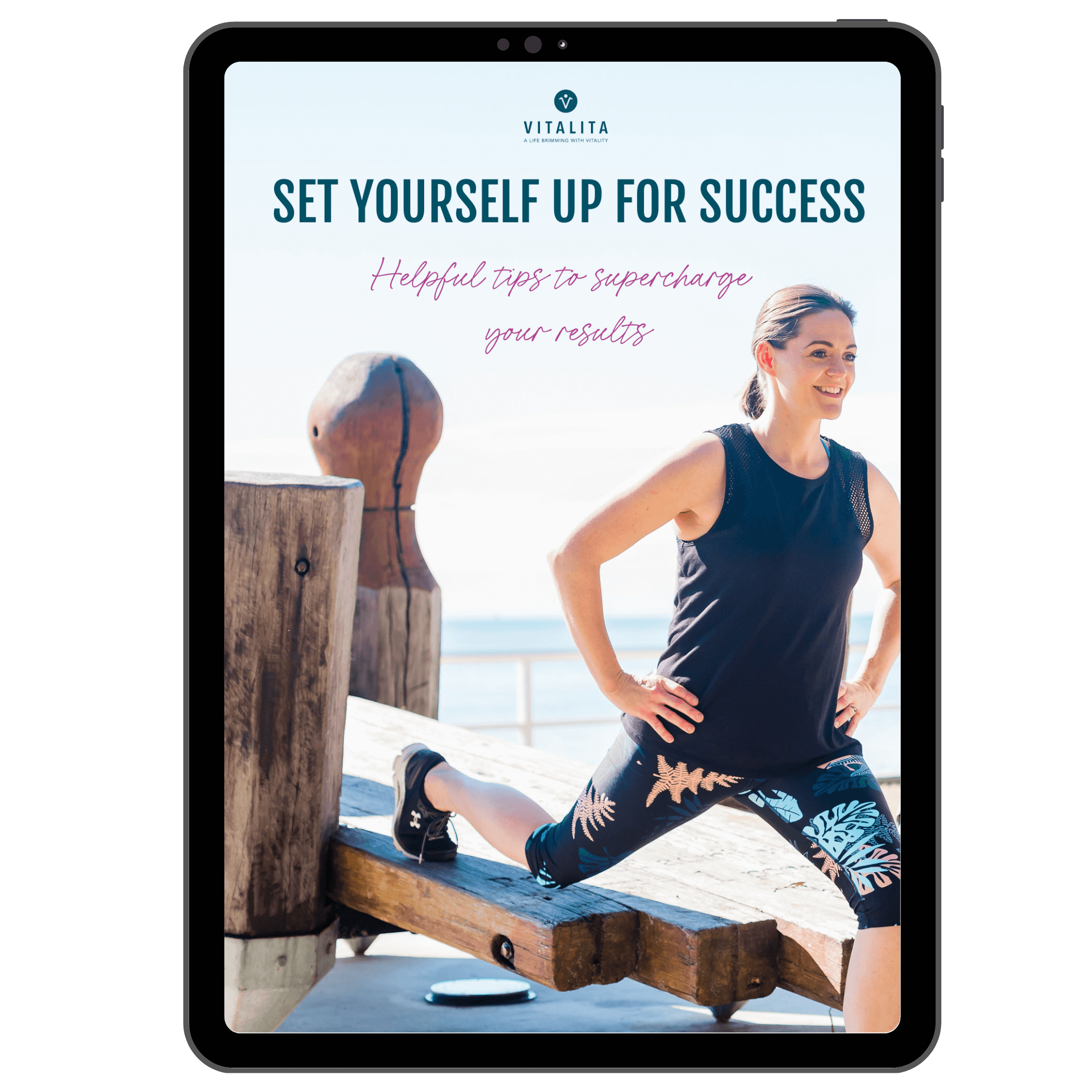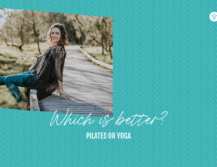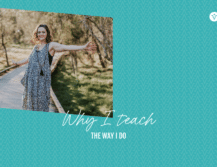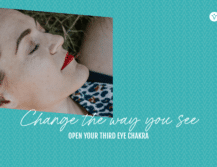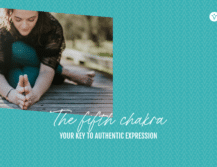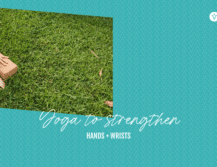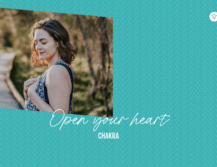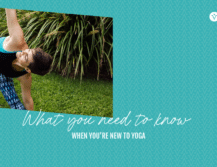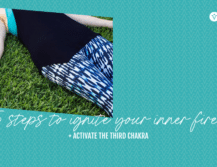
Life is in the breath. One who half breathes, half lives – Chinese proverb
Does it matter how I breathe?
Breathing is an automatic and involuntary bodily function; the body breathes whether we think about it or not. I didn’t really think about breathing before I started yoga. In fact, have a somewhat embarrassing confession: I used to be a mouth-breather. Not sure why that’s so embarrassing, check out Urban Dictionary.
I remember the day I worked up the courage to ask my yoga teacher why breathing through the nose was such a big deal. Bless her. Instead of rolling her eyes, she patiently explained that the nose acts like an air purifier:
- Fine hairs in the nostrils filter dust.
- Mucus traps germs.
- The nasal passages warm and humidify the air before it enters the lungs.
SOLD!
These days, I’m like a reformed-smoker, banging on about the ‘dangers’ of mouth-breathing which is not only inefficient but can adversely affect your facial structure, teeth and speech.
How you breathe is influenced by your parents (my mum breathes through her mouth), siblings, movement patterns, injury and illness, stress, even the clothes you wear. But, unless your nose is blocked or you have a respiratory condition, you probably give it very little thought. And, like me, you may have picked up one or two unproductive habits along the way, such as:
- breathing in and out through your mouth
- Unconsciously holding your breath, especially when under pressure or concentrating intensely
- Sighing deeply
- Reverse breathing, where your stomach draws in during inhalation. This is often associated with self-consciously sucking your stomach in or wearing tight clothes
- Uneven or restricted breath
- Rapid, shallow breathing, over-breathing or hyperventilating.
Do any of these tendencies seem familiar to you?
While there isn’t a single ‘correct’ way to breathe, there are more or less effective ways of breathing. Learning how to breathe efficiently can have a profound influence on your daily life.
Slow, steady diaphragmatic breathing supports the effective function of your organs and bodily systems
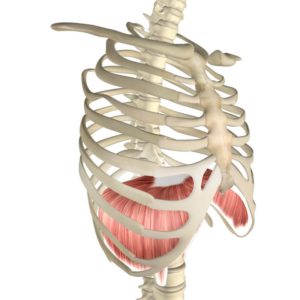
It is how you breathed as a newborn baby.
The diaphragm is a smooth, flat muscle which sits underneath the lungs at the base of the rib cage. It looks and moves a bit like a manta ray, floating down and up with the breath. Every time the diaphragm lowers, it stimulates the vagus nerve – the longest nerve in the body – sending a signal to the brain that it is safe to relax.
As you become more and more relaxed you breathe more slowly, reducing your heart rate and blood pressure. More blood can make its way to the vital organs and spinal cord. The physiological benefits are astounding but it’s the mental and emotional effects which get me really excited.
Breathing effectively is critical to managing stress, anxiety and pain
When you are stressed or anxious, the breath typically becomes faster and more shallow. If not managed appropriately, it may escalate into desperate hyperventilation, characteristic of a panic attack. Breathing in this way leads to a build-up of oxygen in the bloodstream which sounds positive but isn’t. The corresponding decrease in CO2 actually changes the pH level of the blood causing respiratory alkalosis. To the naked eye, this looks like nausea, dizziness and confusion.
In contrast, the smooth, steady diaphragmatic breath is like a soothing balm which reduces the jagged spikes of stress, eases the tremors of anxiety, and diminishes the perception of pain. The best part is that it’s free and completely portable. The more you practice, the easier it becomes to call on the breath when you are in a state of panic or under extreme pressure.
What are you waiting for? Let’s get started!
How to practise diaphragmatic breathing
It is easiest to (re)learn diaphragmatic breathing lying down so, lie down and close your eyes. Let your body relax and allow your energy to settle.
Without manipulating your breath or trying to change it, become aware of the fact that you are breathing. Notice the movement of your breath as it moves in and out of your body. Observe where the breath originates in your body: is it high in your chest, deep down in your belly or somewhere in between? Observe the length and depth of your breath.
Be here completely with each breath, not trying to do anything, not trying to get any place. SIMPLY BE.
Now, place one hand on your lower abdomen (between your navel and pubic bone) and one hand on the centre of your chest.
When you are ready, start to deepen your inhalation. Breathe in slowly, evenly through your nose. Imagine the breath moving all the way down into the base of your lungs; the lungs fill gradually, from bottom to top, like a balloon filling with air. When you are comfortably full, breathe out through your nose. The exhalation is passive, slow, complete. Empty your lungs completely but do not force the air out.
As you inhale, you may feel your belly and ribcage expand slightly as the diaphragm moves down, away from the ribcage. Try to keep your shoulders and chest relaxed; you should notice very little movement in your chest.
Now, let’s try it again. This time, seated on the floor or in a chair. This time, really pay attention to your posture.
Sitting comfortably, close your eyes and let your attention rest on your experience of the physical body. Allow yourself to slump forward; over-exaggerate it, rounding your shoulders. Notice how you breathe: where in your body you feel the movement? Where do you feel constricted or tense? What else do you notice about the breath?
When you slump, you restrict the amount of oxygen that enters your body. Good breathing starts with good posture.
Base: Feel your sitting bones on the floor or the chair. Feel heavy, grounded through your lower body.
Back of the body: Feel the back of your body. The shoulders are stacked over the hips. Lengthen your spine and the sides of your neck.
Front of the body: Broaden your collarbones. Relax your jaw and tongue. Soften your belly, so you have space to breathe.
Observe the breath now. Notice how sitting upright enables you to breathe freely and fully.
Breathe slowly, deeply in and out through your nose. Do not rush. Inhale completely, welcoming in the new. Exhale completely, letting go of unnecessary tension.
It may not feel natural at first but will become easier with practise. The good news is that breathing isn’t something you have to ‘fit in’. It’s just something you do. Why not try it next time you’re waiting at the traffic lights or in a mind-numbing meeting.
The role of the breath in yoga
Asana without awareness of the breath is merely exercise. That’s okay but you may be missing out on something more potent. Coordinating movement with breath awakens and enhances the flow of energy or prana through the body. Moving with the breath also:
• supports safe alignment
• encourages fluidity of movement
• promotes relaxation
• provides a focal point for the restless mind.
Maintaining a deep, fluid breath as you practise can be challenging but just as your quads will get stronger, so too will your breath. Whether you choose to use diaphragmatic breath, full yogic breath or ujjayi pranayama is up to you. Just. Keep. Breathing.
In yoga, we not only move with the breath but also incorporate specific breathing exercises to enhance the flow of prana or energy in the body. These exercises – designed to regulate, slow or intensify the breath – are known as pranayama, which is the second limb of yoga.
I encourage you to pay more attention to your breath on a daily basis. Notice:
-
how you ‘normally’ breathe
-
whether your clothing choices affect your breathing
-
if you identify any patterns eg. do you hold your breath when a particular person calls or emails.
Don’t forget to let me know what you discover!
– Georgina –
